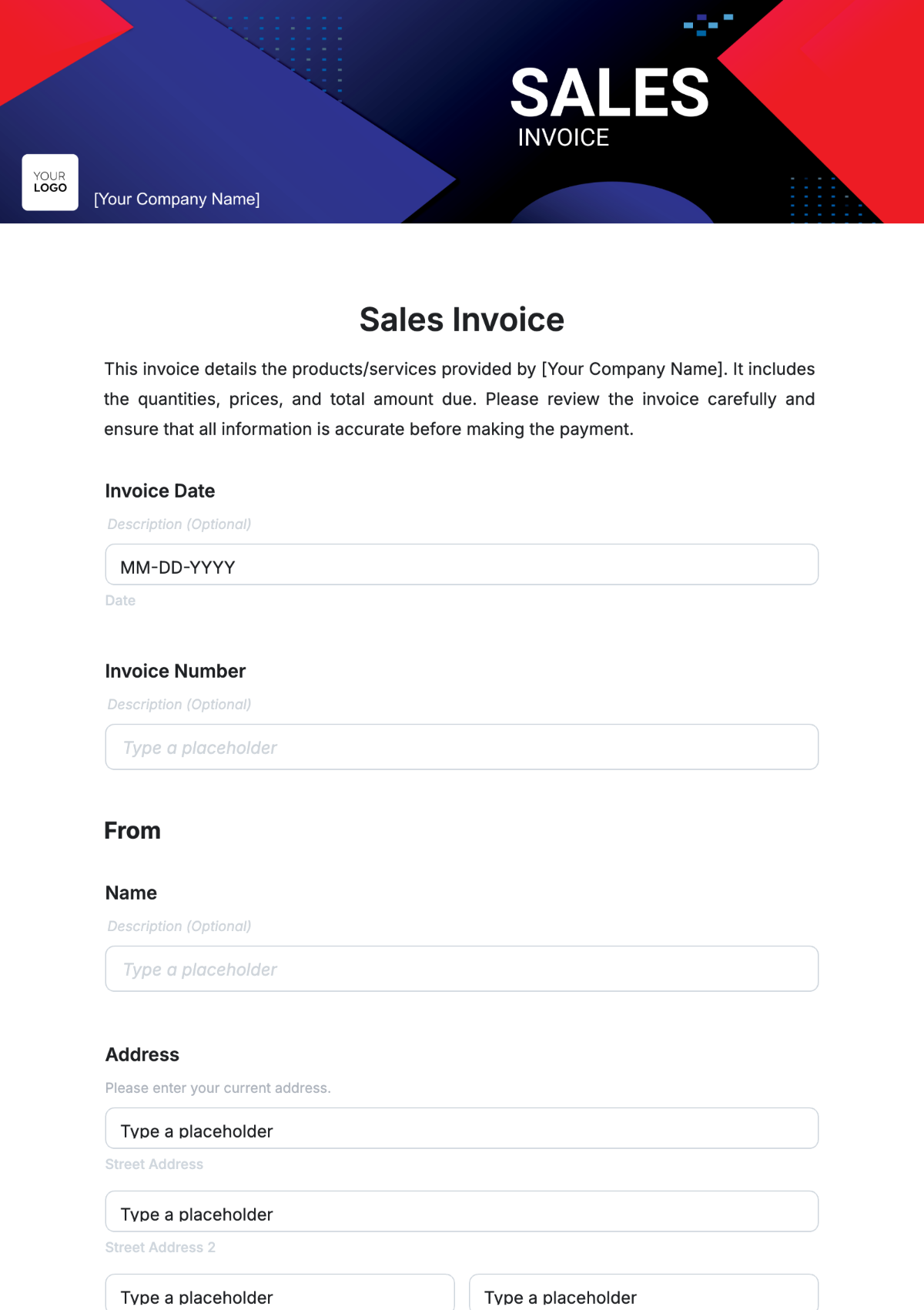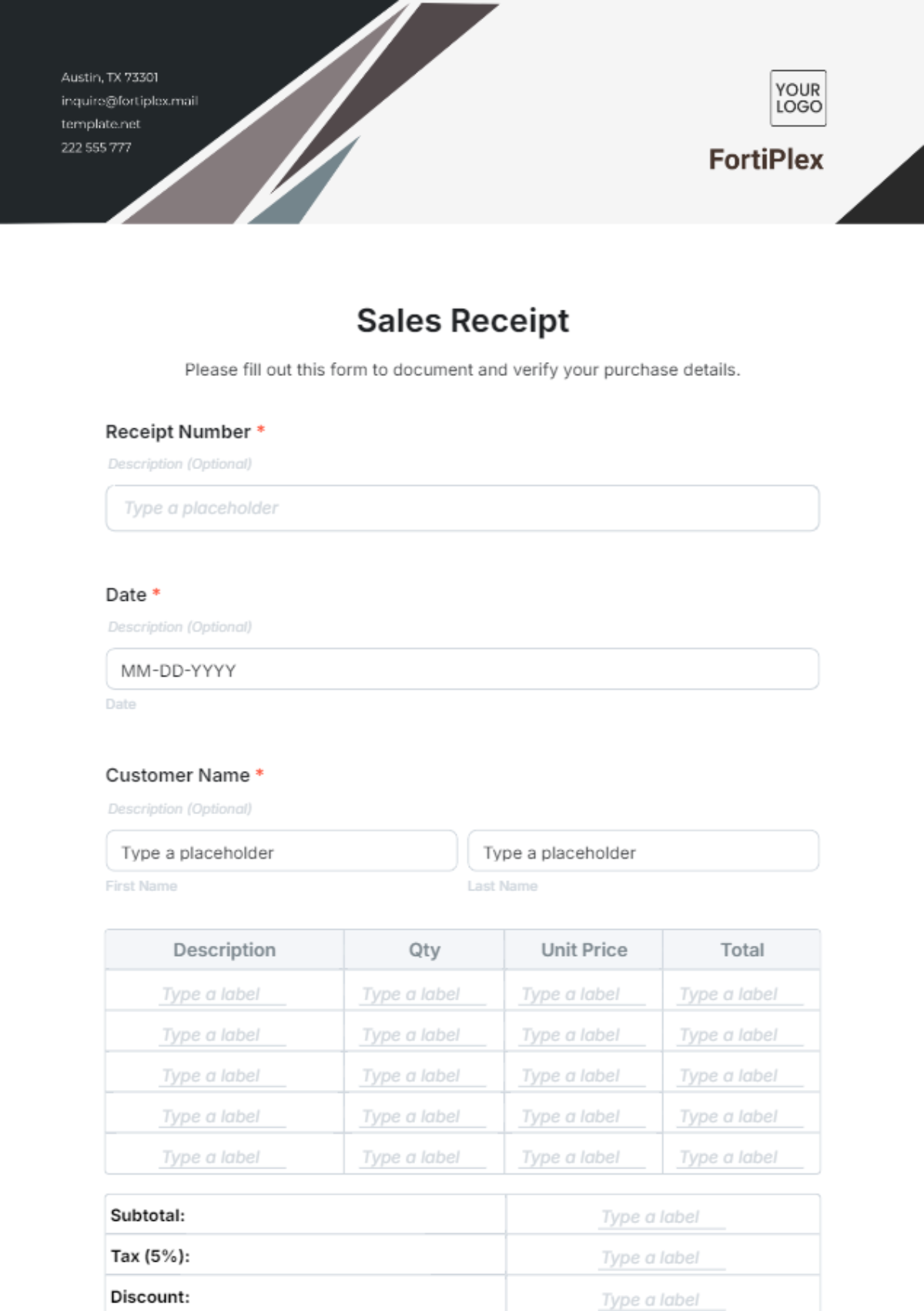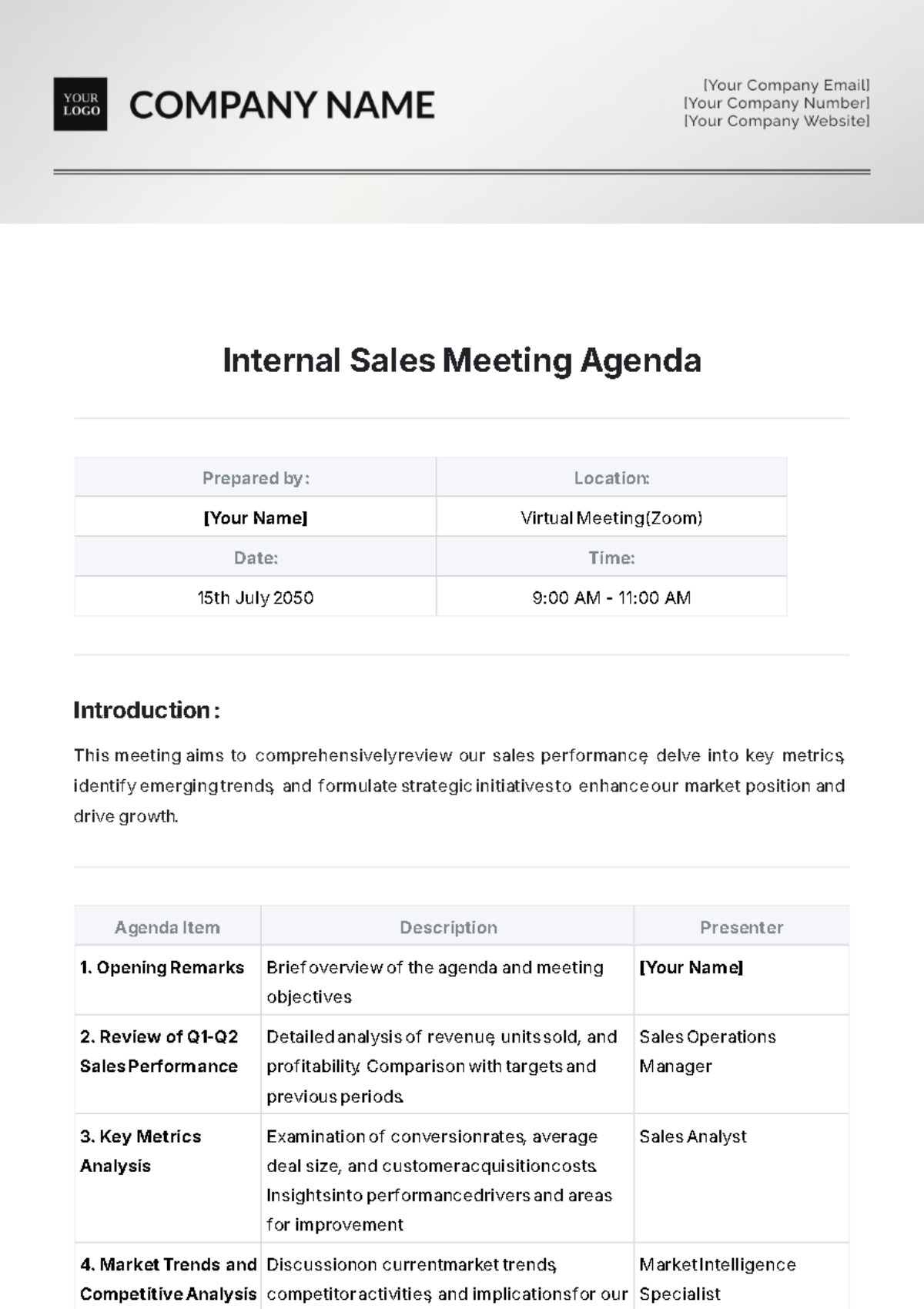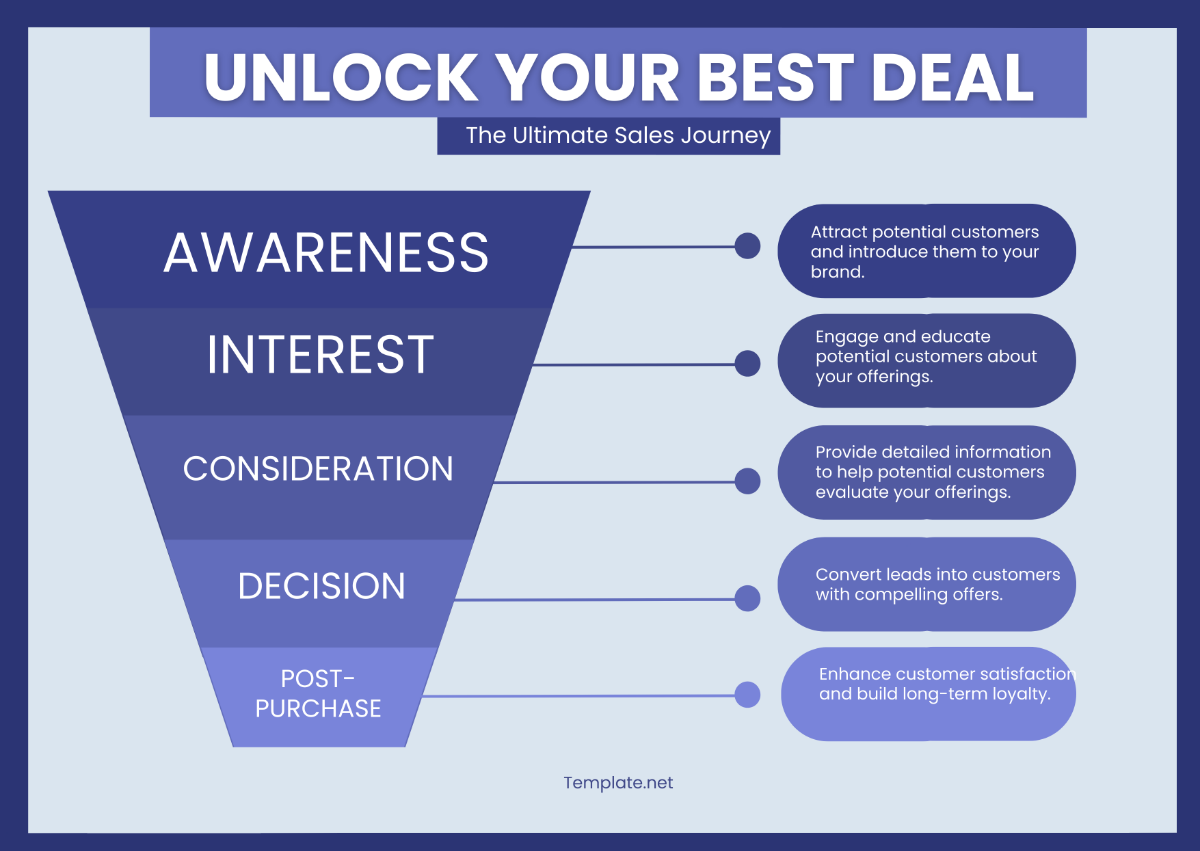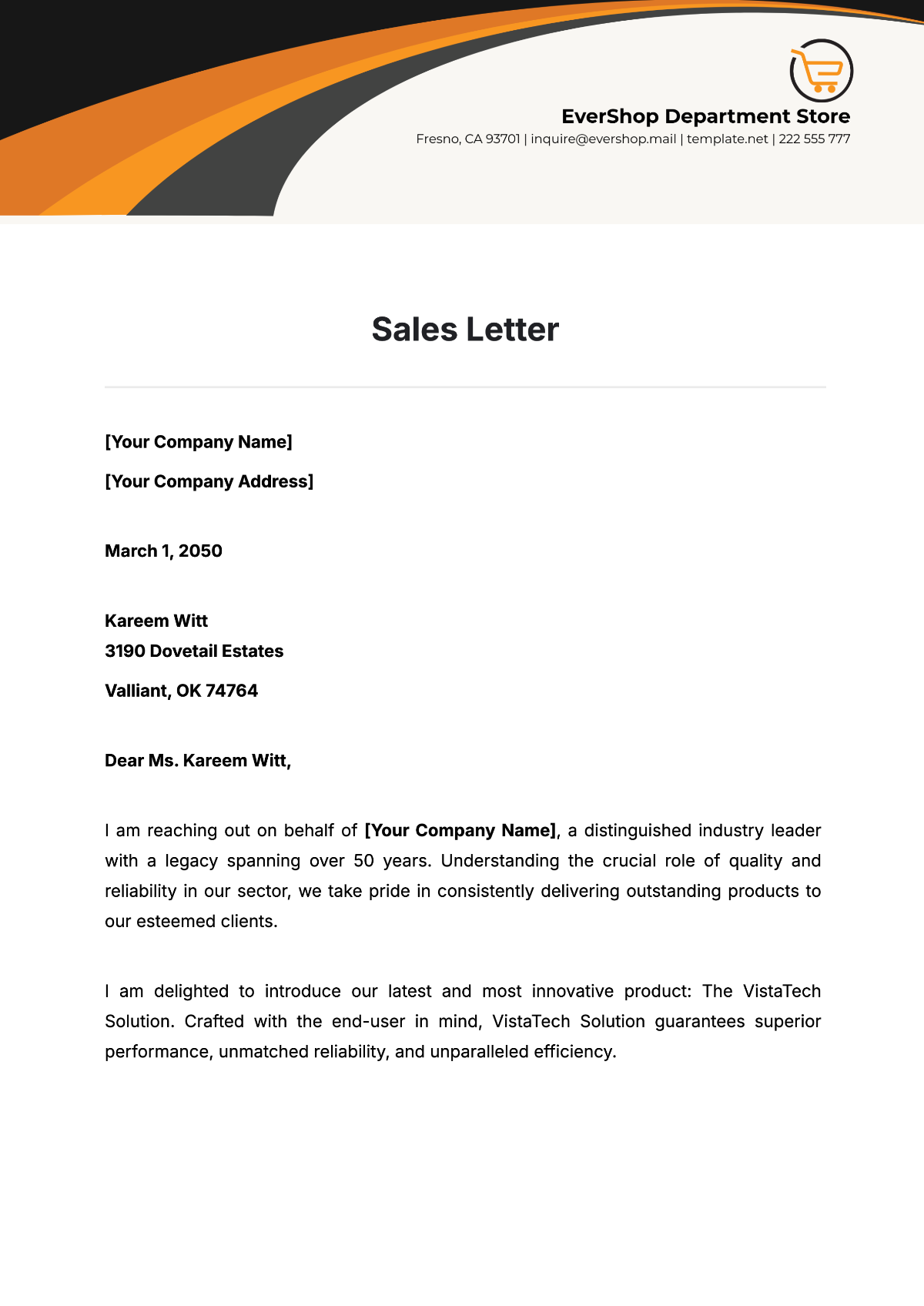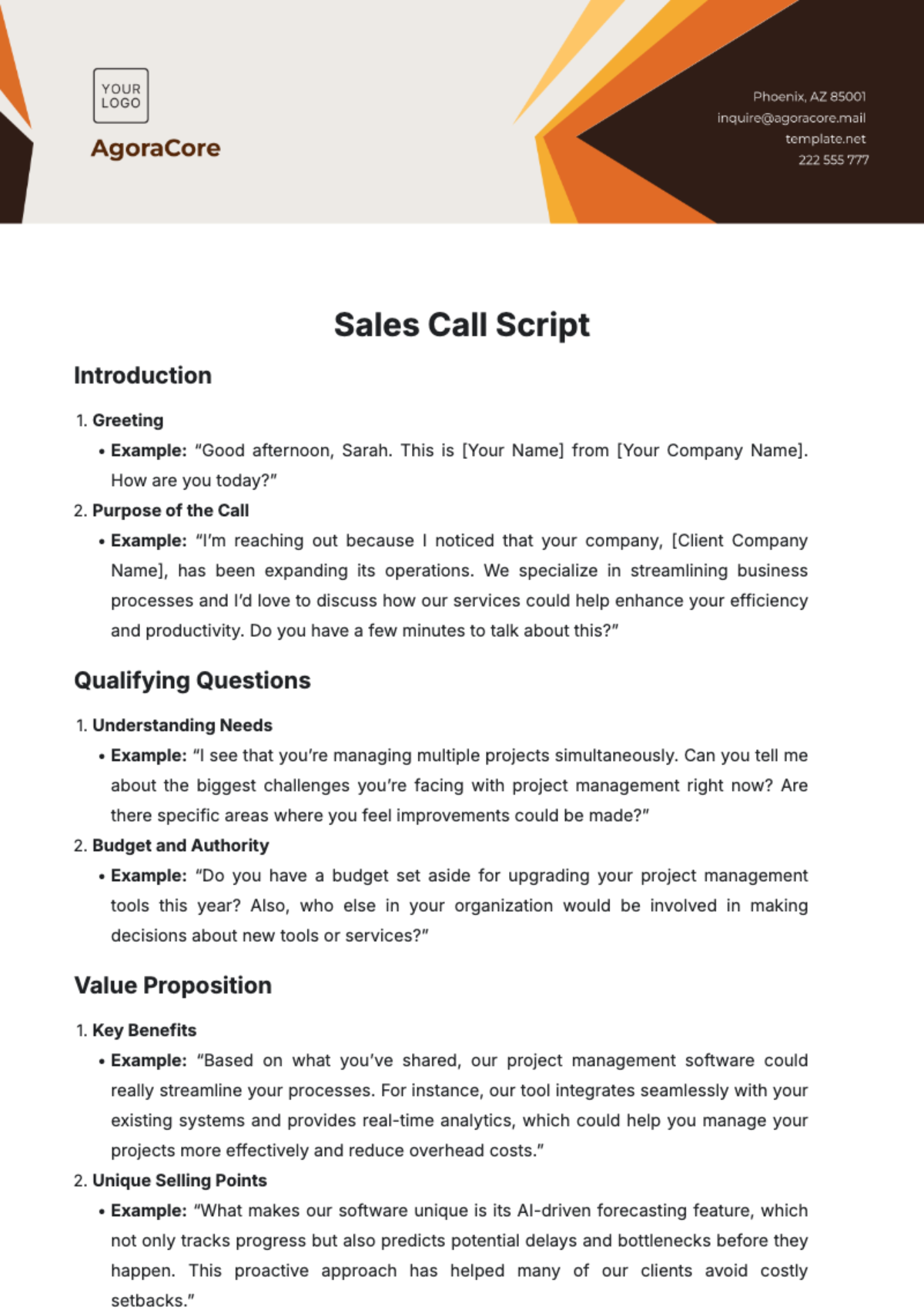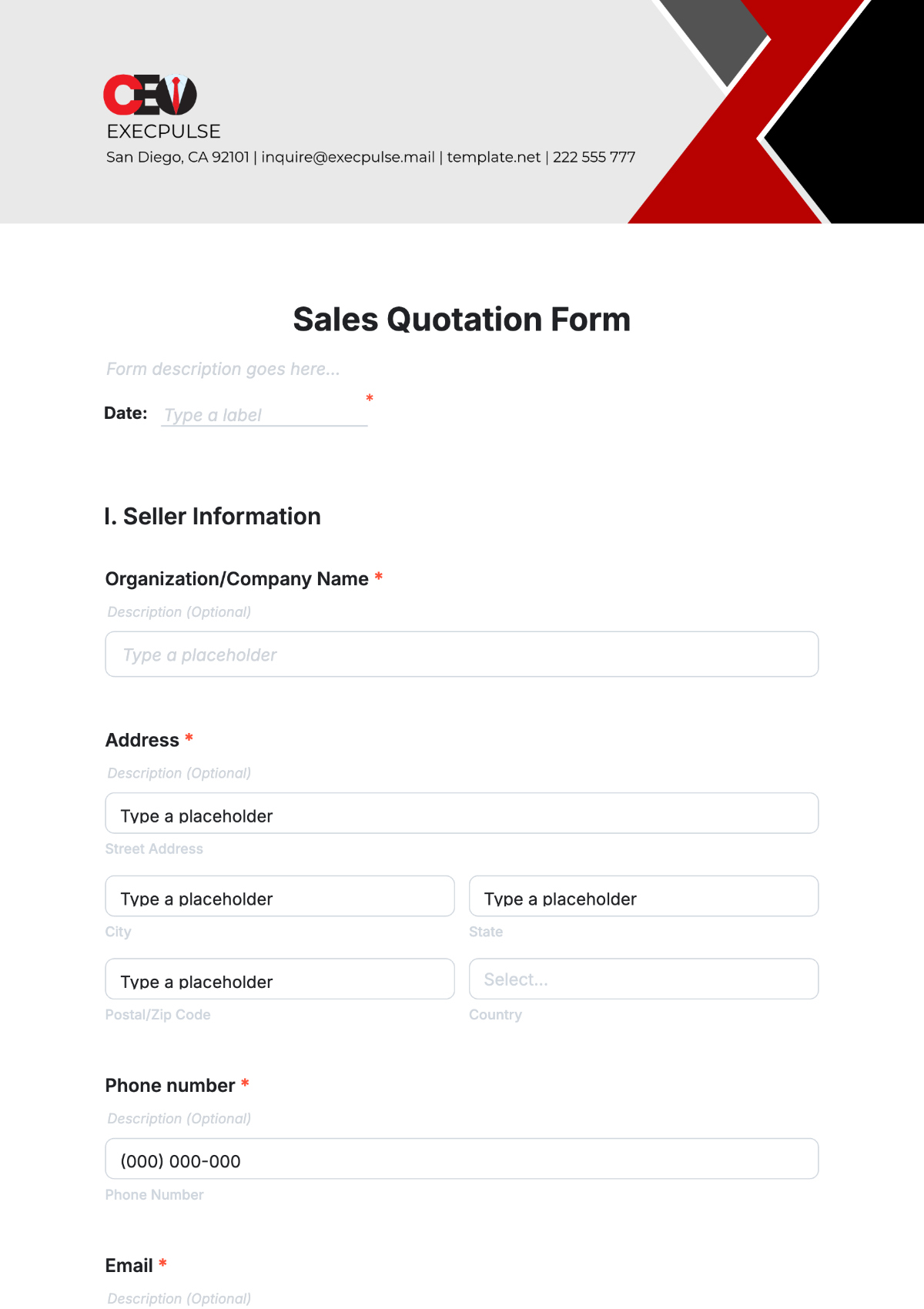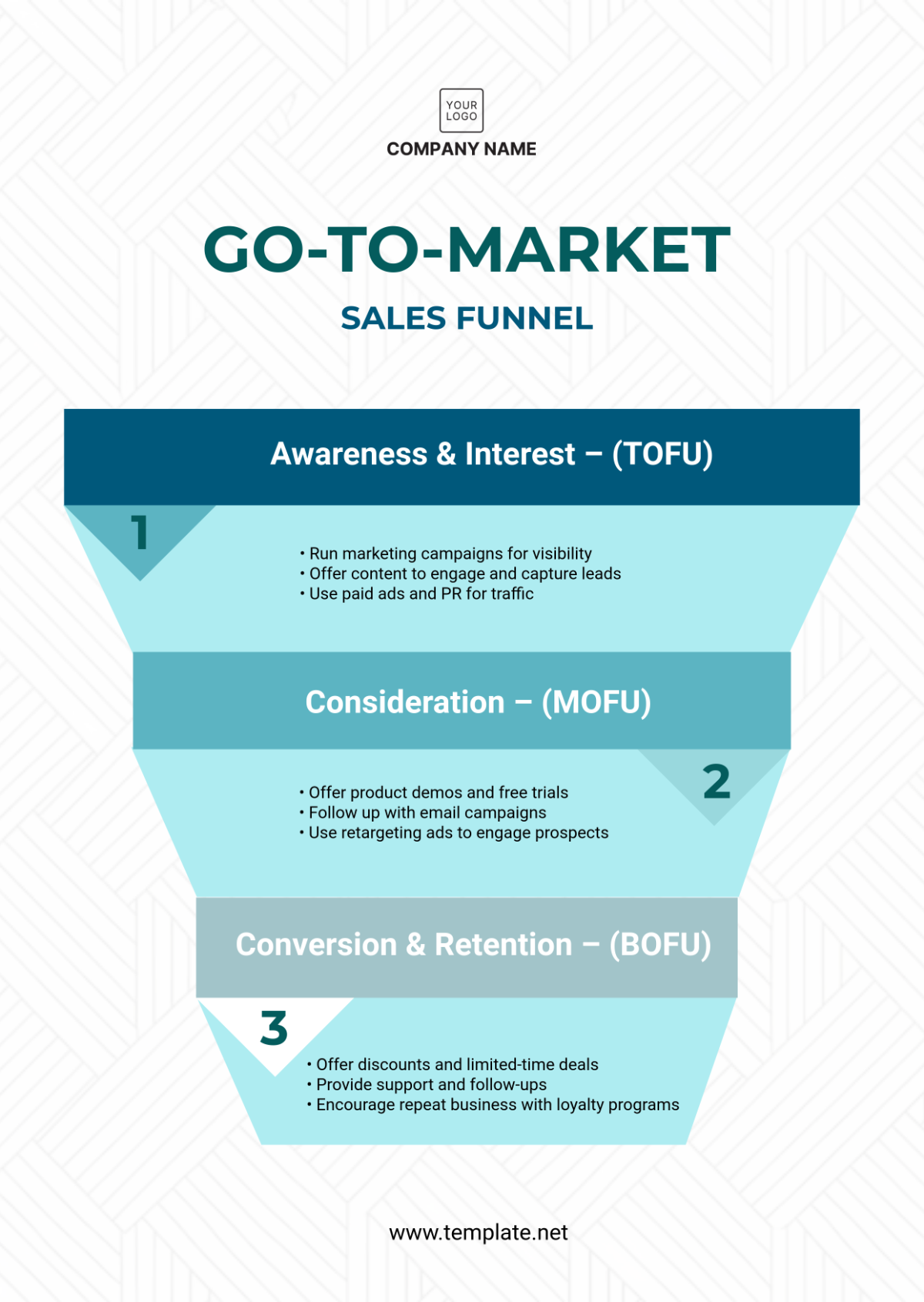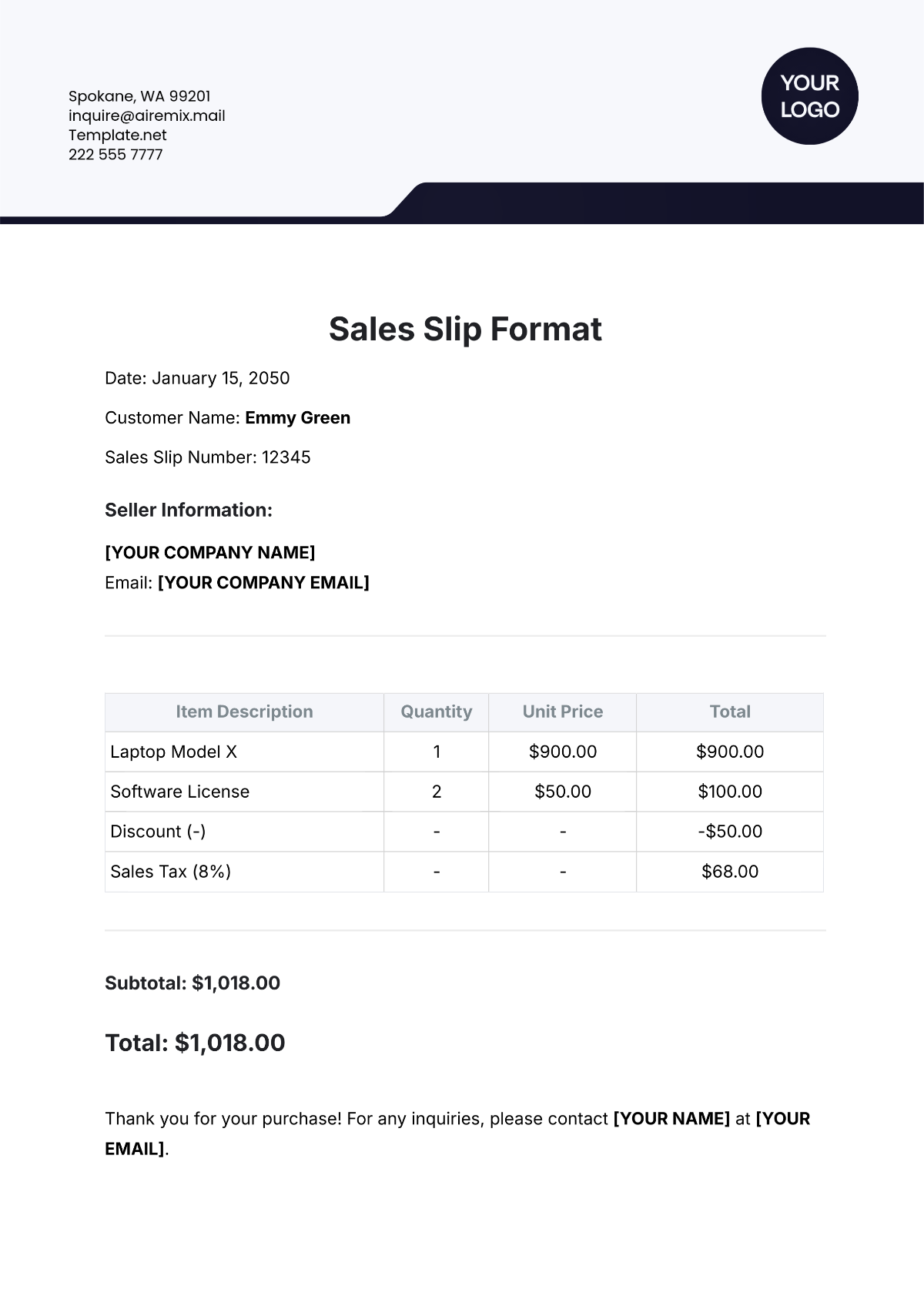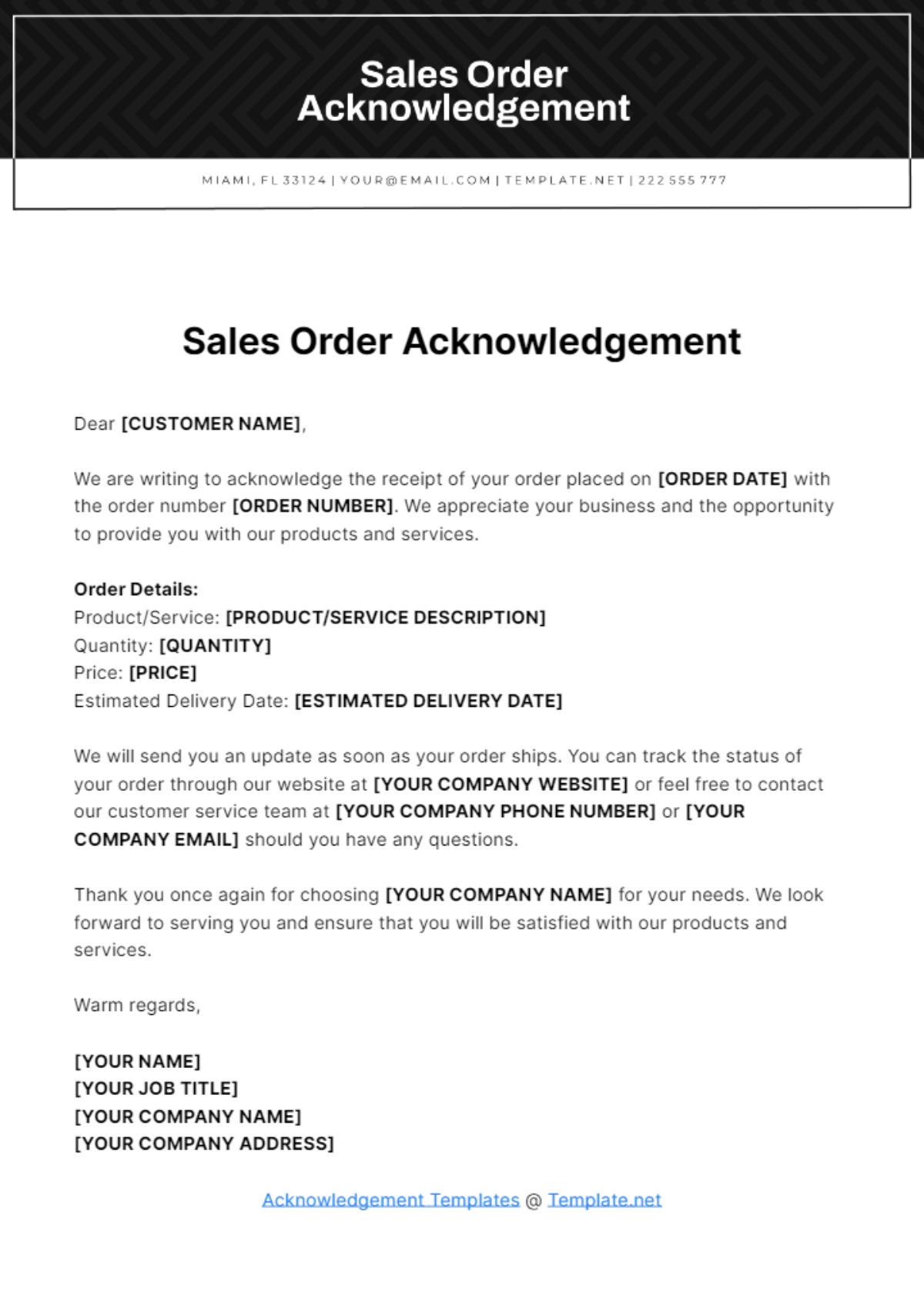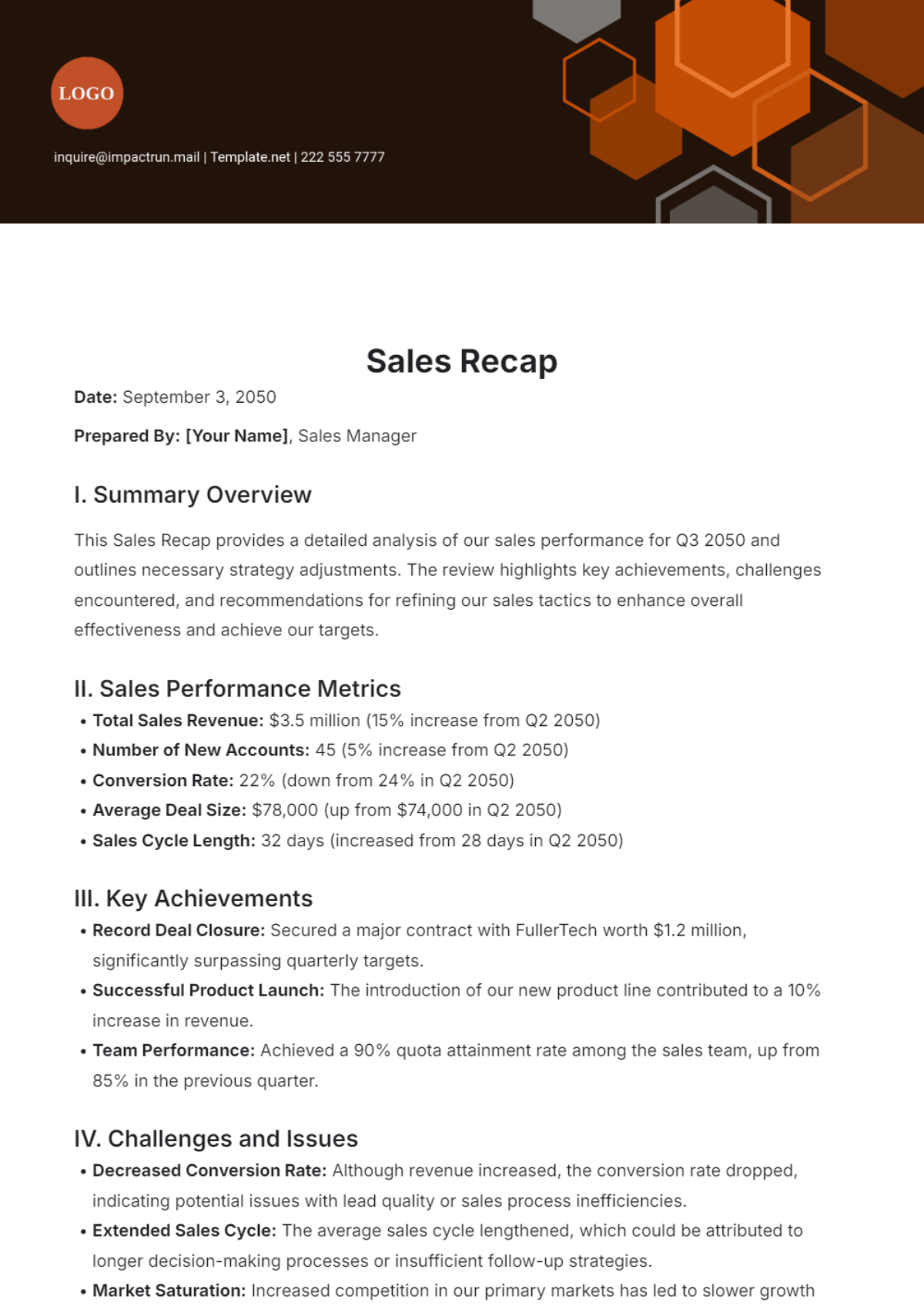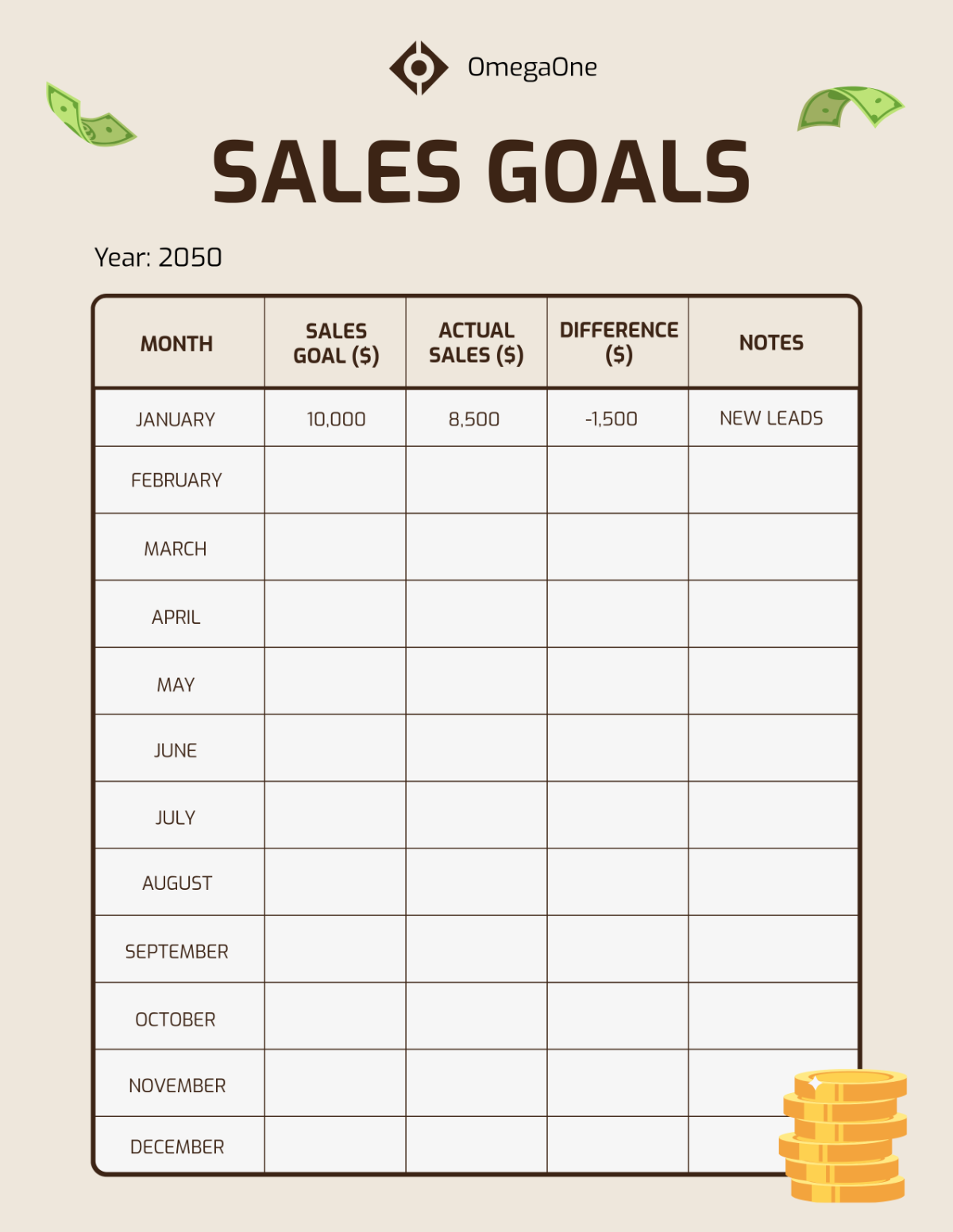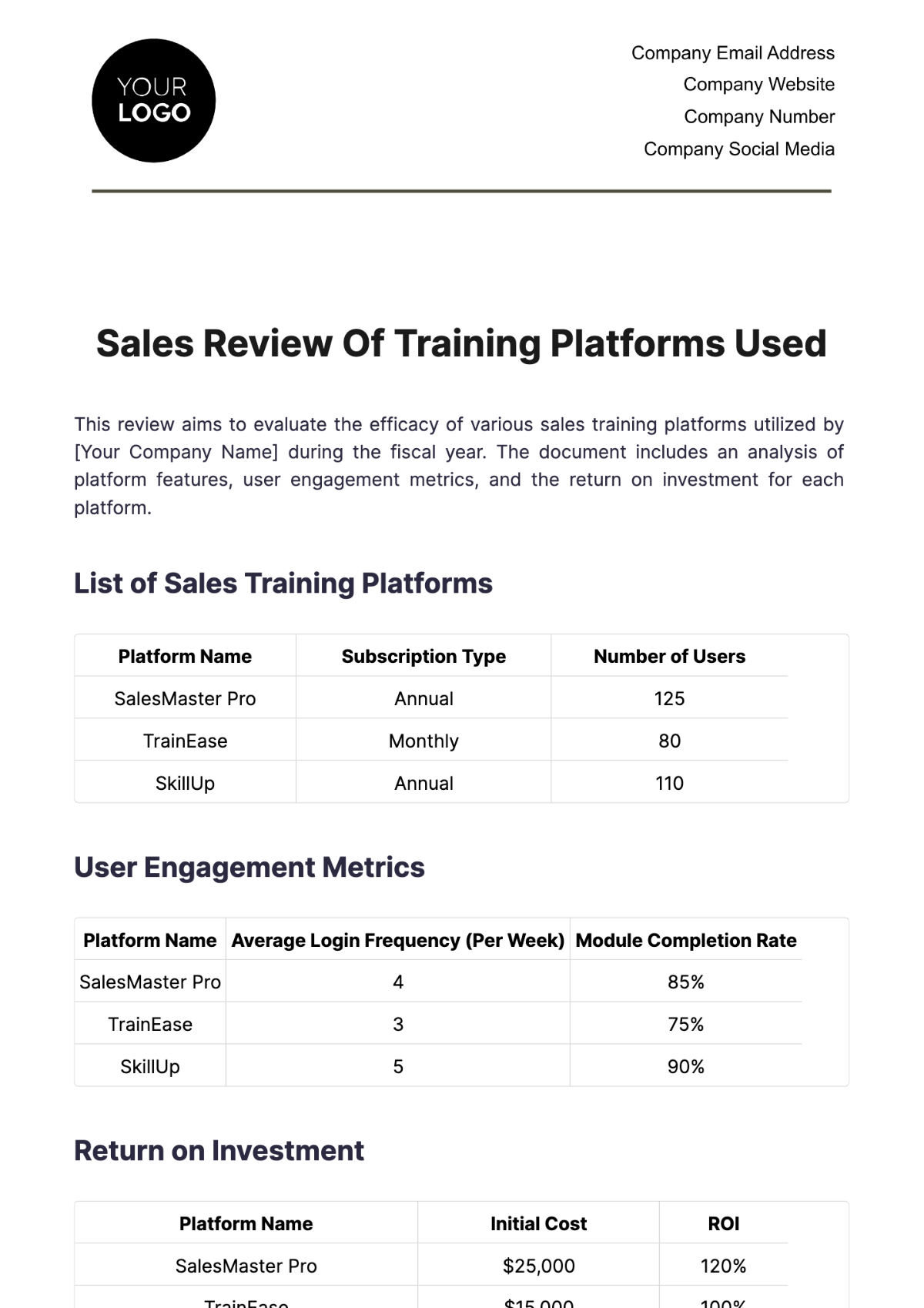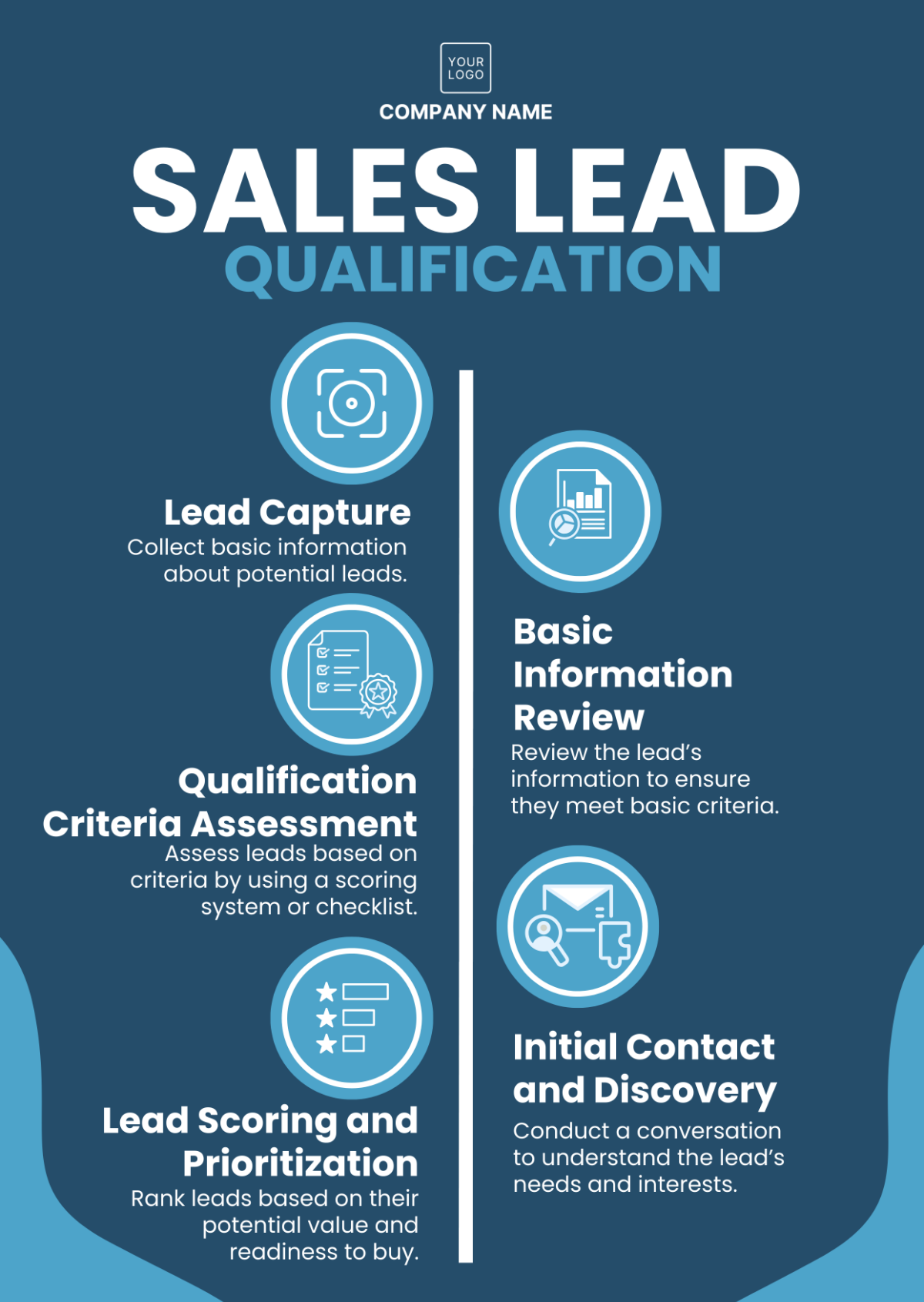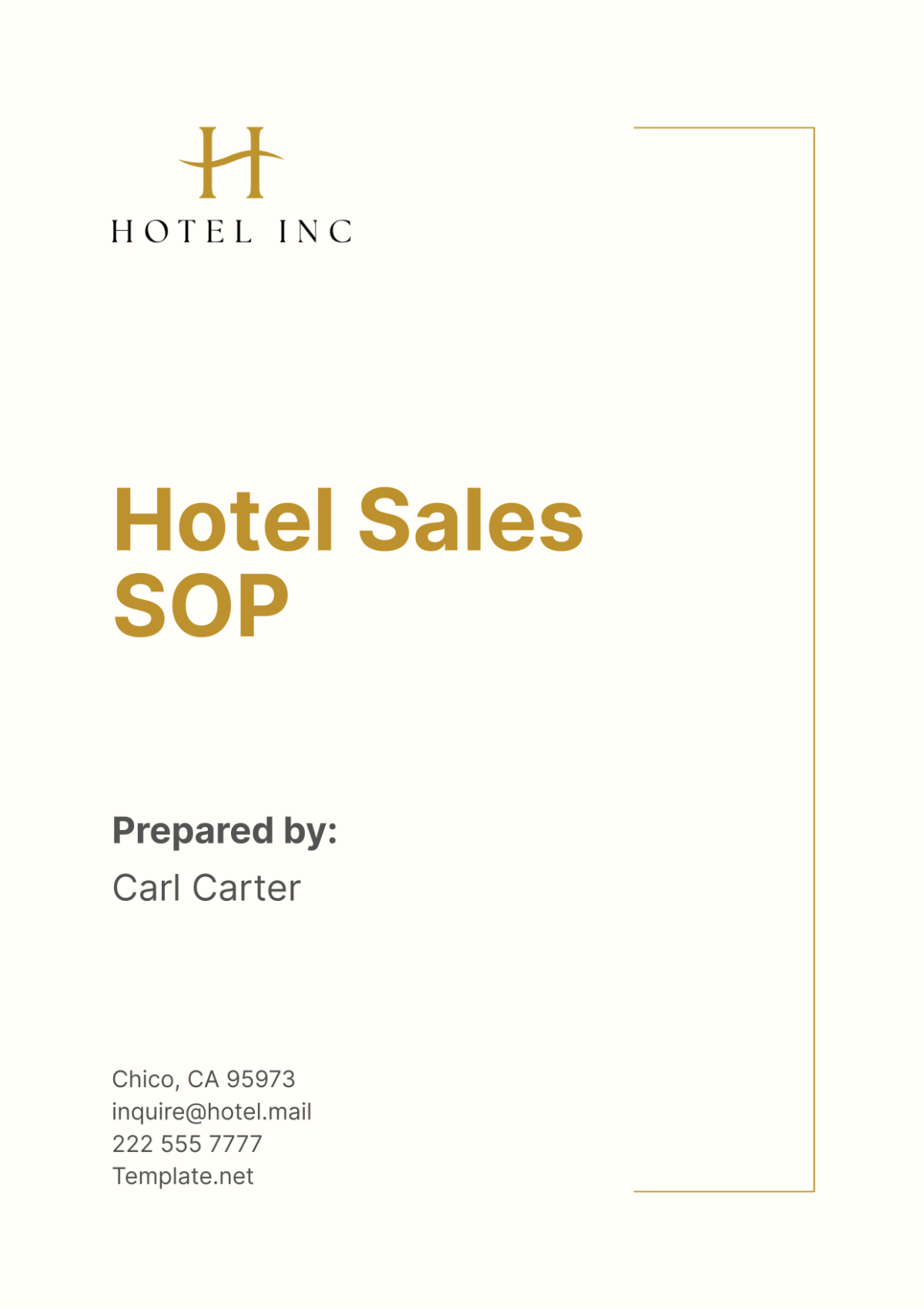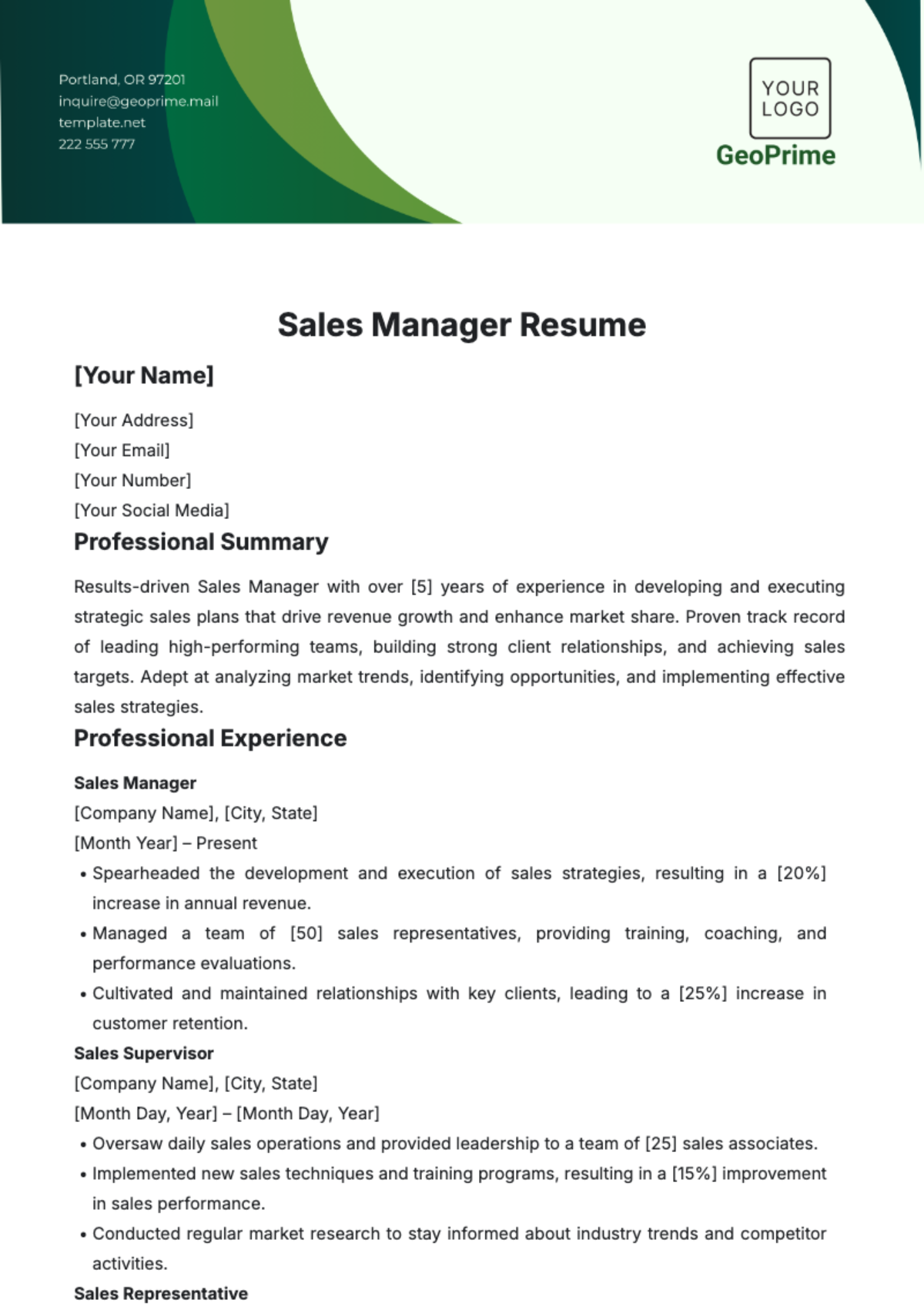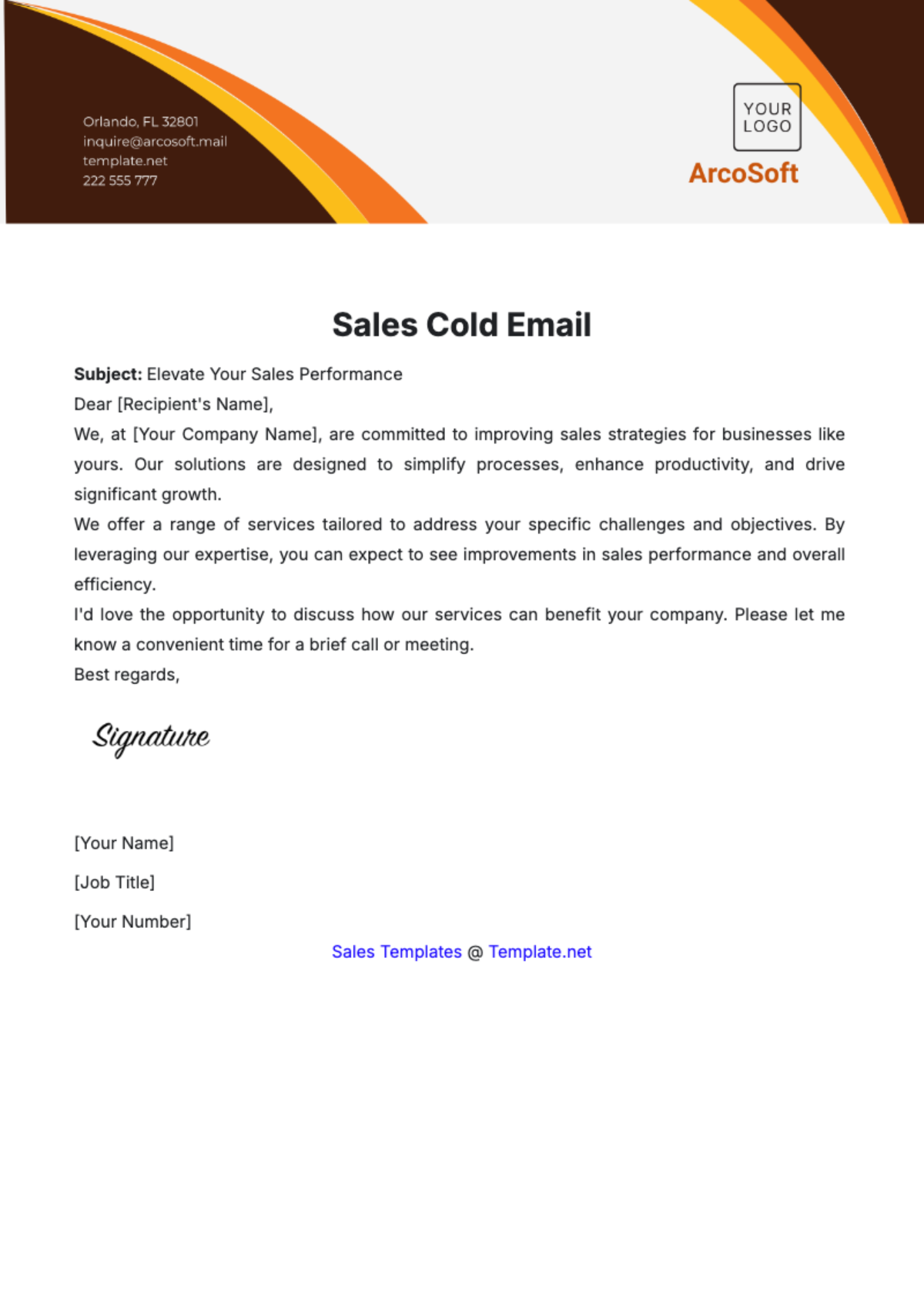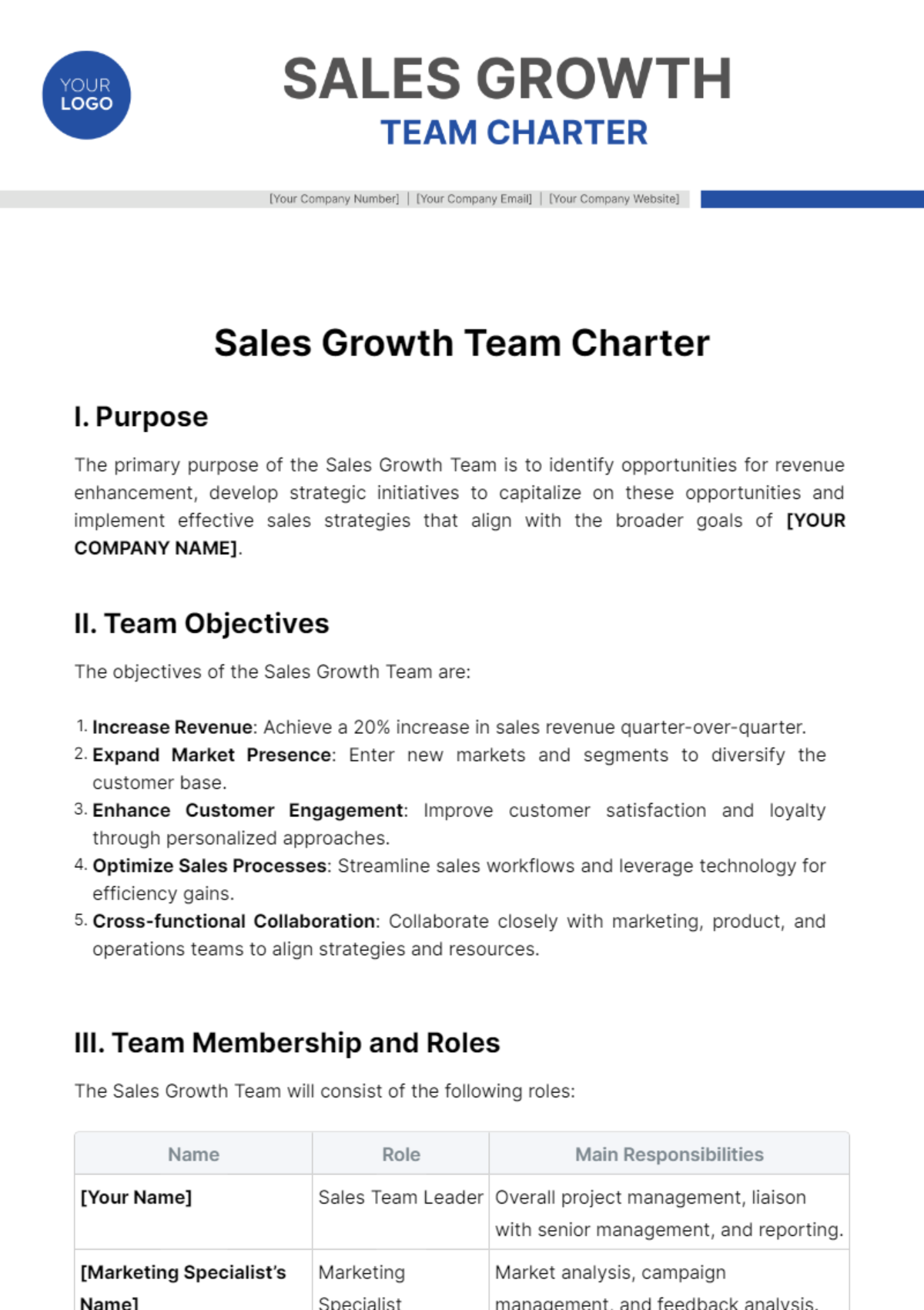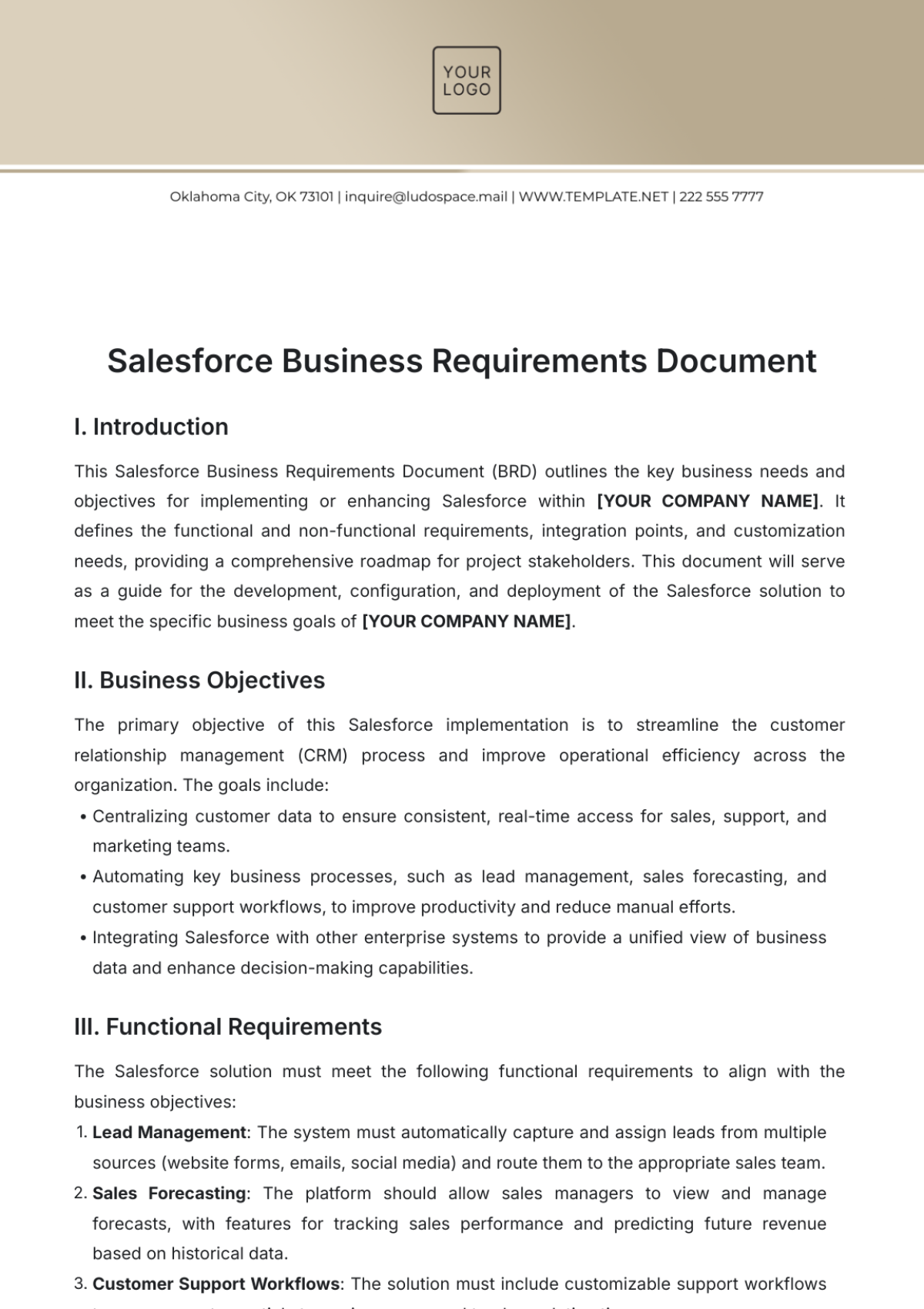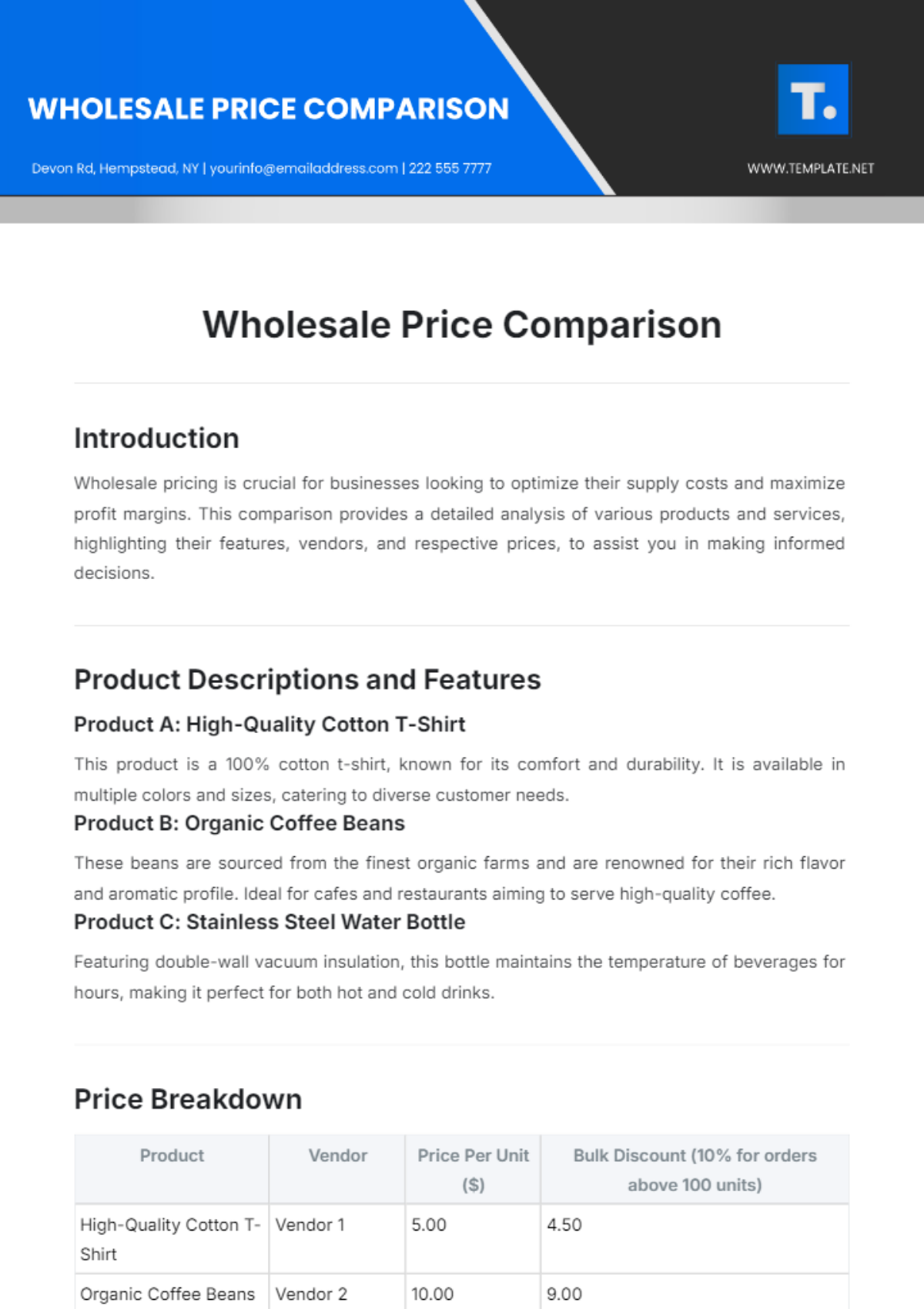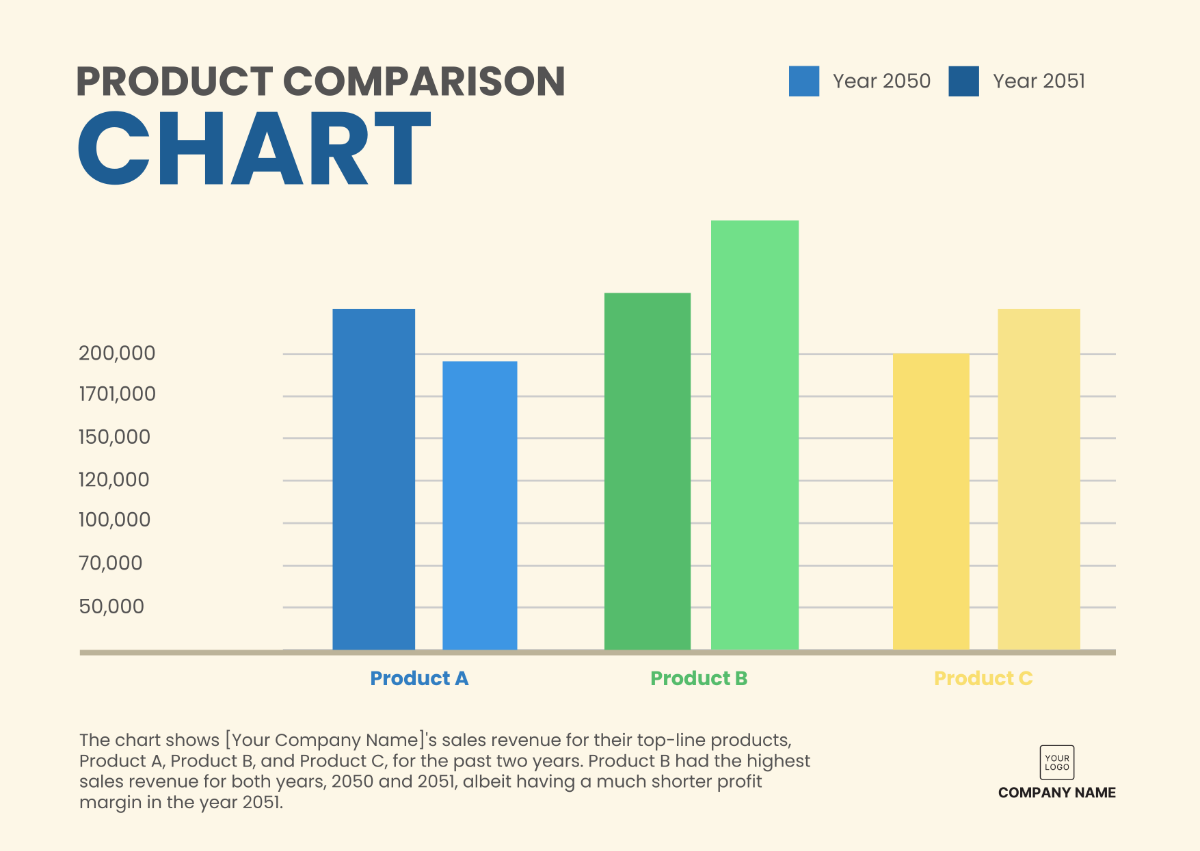Sales Client Segmentation Management Strategy
Executive Summary
In the pursuit of elevating our client-centric approach, this Sales Client Segmentation Management Strategy document serves as a comprehensive blueprint. [Your Company Name]'s strategy is centered on the strategic division of our client base into well-defined segments, allowing us to fine-tune our sales and marketing endeavors to impeccably match their distinct requirements and preferences. The ultimate aim of this strategic endeavor is twofold: to propel revenue growth and enhance customer satisfaction.
Through the meticulous classification of our client base, we strive to create a dynamic framework that not only streamlines our sales and marketing resource allocation but also amplifies the quality of our client interactions. This approach acknowledges the diversity of our clientele and endeavors to craft bespoke solutions for each segment, ensuring that we transcend expectations, cultivate enduring relationships, and reinforce our position as a client-centric organization.
With an emphasis on continuous monitoring, assessment, and adaptation, this strategy will empower us to remain agile in an ever-evolving business landscape, yielding mutual success for both our clients and our organization.
Introduction
In the intricate world of sales and marketing, effective client segmentation emerges as an indispensable cornerstone, anchoring the foundations of a flourishing strategy. It inherently acknowledges the kaleidoscope of diversity that our client base represents, a mosaic of unique characteristics, nuanced preferences, and multifaceted needs. By embracing this diversity, [Your Company Name] transcends the limitations of one-size-fits-all approaches and set the stage for a transformative journey.
Client segmentation is vital to personalization, fostering a profound connection between our organization and our clients. It empowers us to transcend the traditional transactional relationship and embark on a voyage of engagement that resonates at a deeply personal level. Recognizing that not all clients are created equal, we embrace the challenge of crafting tailor-made solutions. By doing so, we are poised to elevate client retention rates, breathing life into enduring relationships, and fueling client acquisition with a magnetism that draws new clients into our orbit. Our mission is nothing short of unlocking the full potential of our diverse client base, enriching their experiences, and navigating towards mutual growth and prosperity.
Objectives
The primary objectives of this Sales Client Segmentation Management Strategy are:
Enhance customer satisfaction by delivering personalized solutions.
Increase revenue through targeted marketing efforts.
Streamline sales and marketing resource allocation.
Improve client retention rates.
Client Segmentation
Segmentation Criteria
To ensure effective client segmentation, we will apply the following comprehensive criteria:
Criteria | Details |
|---|---|
Demographics | Our segmentation will encompass a range of demographic factors such as age, gender, location, income level, and other pertinent data. By understanding the demographic makeup of our client base, we can tailor our strategies to resonate with various client profiles. |
Behavior | The behavior-based segmentation will delve into detailed client actions, including purchase history, buying frequency, online engagement, and product usage. Examining these behavioral patterns will help us pinpoint trends and preferences that inform our client-centric approach. |
Needs and Preferences | We recognize the significance of client feedback, surveys, and direct communication in shaping our segmentation criteria. By actively soliciting and analyzing client input, we can categorize them based on their unique needs and preferences, leading to more targeted and effective marketing efforts. |
Segmentation Methodology
[Your Company Name] segmentation process will be a comprehensive approach encompassing data collection, meticulous analysis, and client categorization. We will leverage advanced data analytics tools and methodologies to cluster clients with similar characteristics and behaviors into distinct segments. By employing cutting-edge data analytics techniques, we ensure our segmentation is both accurate and actionable.
Segment Descriptions
Within our client segmentation, we will identify and define three primary client segments:
Client Segments | Details |
|---|---|
High-Value Clients | These are clients who stand out as our most valuable in terms of revenue generation. They consistently make substantial and frequent purchases, actively engage with our brand, and represent a key source of income and loyalty. |
Emerging Market Clients | This segment encompasses clients who have recently initiated their engagement with our products or services and exhibit substantial growth potential. We aim to nurture and expand our relationships with these clients as they journey through their initial interactions with our offerings. |
Niche Segment Clients | Our third segment, the "Niche Segment Clients," comprises individuals with specific and unique needs and preferences that are not effectively addressed through broad marketing approaches. We are committed to customizing our offerings to cater to their distinctive requirements, fostering deeper client satisfaction and loyalty. |
Data Collection and Analysis
Data Sources
In our comprehensive data collection effort, we will harness a diverse range of sources to obtain valuable client insights. These sources include:
Customer Relationship Management (CRM) Software: Our CRM system will serve as a central repository for client data, storing valuable information about their interactions and transactions with our organization.
Sales and Transaction Records: These records will be mined for transactional data, enabling us to understand purchase patterns, order history, and the financial value of each client.
Client Feedback Forms and Surveys: Gathering direct feedback from our clients through well-crafted surveys and feedback forms will provide qualitative insights into their preferences, satisfaction levels, and suggestions for improvement.
Web Analytics and Social Media Insights: We will tap into web analytics tools to track online client behavior and engagement with our digital platforms. Social media insights will provide additional data to understand the sentiments and preferences of our clients in the online sphere.
Data Analysis Tools
To transform the collected data into actionable insights, we will leverage a suite of powerful data analysis tools and software, including:
Customer Relationship Management (CRM) Systems: Our CRM systems not only serve as data sources but also as powerful analytical platforms, allowing us to extract and process client information efficiently.
Business Intelligence Software: This sophisticated software will enable us to conduct in-depth data analysis, helping us identify trends, patterns, and anomalies that will inform our segmentation strategy.
Data Visualization Tools: We recognize the importance of presenting data in a comprehensible and visually appealing manner. Data visualization tools will be used to create interactive dashboards, graphs, and charts that facilitate better understanding and decision-making within our organization.
Implementation
In the implementation phase of our Sales Client Segmentation Management Strategy, we will execute the following key activities:
Sales Team Training
Our sales teams will undergo comprehensive training to equip them with the knowledge and skills required to effectively recognize and address the unique needs of each client segment. This training will encompass:
Training | Details |
|---|---|
Product Expertise | Sales professionals will be provided with in-depth product knowledge to better understand how our offerings align with the specific requirements of each client segment. |
Communication Strategies | Training will focus on developing tailored communication strategies that resonate with each client segment. This will include understanding the language, tone, and style that best connects with their preferences. |
Objection Handling | Sales teams will be trained to anticipate and address objections specific to each segment. This proactive approach will enable them to overcome hurdles and provide satisfactory solutions. |
Customized Marketing
Our marketing department will play a pivotal role in this strategy's success by developing highly personalized marketing campaigns for each client segment. These campaigns will be designed to ensure that our messaging seamlessly aligns with the unique preferences and requirements of each segment. Key components of our customized marketing approach will include:
Segment-Specific Content: Tailored content creation that speaks directly to the interests and pain points of each segment, delivering more relevant and engaging messaging.
Channel Optimization: A thorough analysis of the preferred communication channels for each segment, allowing us to maximize our presence where they are most receptive.
Personalization: Utilizing data to personalize marketing materials, from email subject lines to content recommendations, to enhance the overall client experience.
Client Communication
Segment-specific client communication will be a cornerstone of our strategy to foster engagement and build lasting relationships. We will establish targeted communication channels for each segment, enhancing our ability to connect and deliver value. The key components of this aspect will include:
Components | Details |
|---|---|
Email Campaigns | Crafting and delivering segment-specific email campaigns to provide clients with content and offers that are most relevant to their interests and needs. |
Social Media Engagement | Tailored social media strategies that leverage the unique strengths of each platform to engage clients effectively and build communities. |
Personalized Newsletters | Creating personalized newsletters that offer insights, product updates, and content aligned with each segment's specific preferences and requirements. These newsletters will serve as a valuable resource and reinforce our commitment to understanding their unique needs. |
Monitoring and Evaluation
To ensure the ongoing effectiveness of our Sales Client Segmentation Management Strategy, we will establish a robust monitoring and evaluation framework, including the following key components:
Key Performance Indicators (KPIs)
To gauge the success of our segmentation strategy, we will diligently track a set of key performance indicators (KPIs) that provide valuable insights into our progress and outcomes. The KPIs include:
Revenue Growth within Each Segment: This metric will allow us to assess the financial impact of our segmentation strategy, enabling us to measure the growth in revenue derived from each client segment.
Client Retention Rates: A critical indicator of customer satisfaction and loyalty, client retention rates will be monitored to determine if our segmented approach is fostering long-term relationships.
Customer Satisfaction Scores: We will regularly gather feedback from clients within each segment to evaluate their satisfaction with our products and services. This will provide insights into our ability to meet their unique needs and expectations.
Return on Marketing Investment: This KPI will help us evaluate the efficiency and effectiveness of our marketing efforts within each segment, ensuring that we are optimizing our resources to achieve the best results.
Regular Reviews
In the dynamic landscape of the market and evolving client behaviors, we recognize the importance of conducting regular reviews to maintain the relevance and efficacy of our segmentation strategy. These reviews will be a continuous and adaptive process, ensuring that we remain agile and responsive to changing conditions. Key components of these reviews include:
Market Conditions Analysis: Periodic assessments of market dynamics, competitor strategies, and industry trends to identify opportunities and threats that might impact our segments.
Client Behavior Analysis: Regular examination of client behavior patterns, feedback, and preferences within each segment. This analysis will enable us to make data-driven adjustments to our strategies.
Segment Performance Evaluation: A systematic evaluation of each segment's performance against established KPIs. We will identify which segments are thriving and which might require adjustments.
Strategy Adaptation: Based on the insights gathered from the above analyses, we will make necessary adjustments to our segmentation strategy. This might include refining marketing campaigns, revising product offerings, or improving communication channels.
[Your Company Name] commitment to conducting regular reviews and making data-driven adaptations is fundamental to the success of our segmentation strategy. By staying attuned to market dynamics and client needs, we will ensure that our approach remains effective and continues to deliver value to our clients and the organization as a whole.
Conclusion
In our unyielding commitment to pioneering excellence in client engagement, the implementation of a robust client segmentation strategy stands as the lighthouse guiding our path forward. Our mission extends beyond mere segmentation; it underscores the metamorphosis of our sales and marketing approach into a truly client-centric paradigm. With unwavering dedication, we aspire to craft a resonance that speaks to the very heart of our diverse clientele.
This strategy, we believe, is the catalyst for a triumvirate of remarkable outcomes: heightened client satisfaction, the crescendo of revenue streams, and the surgical precision of resource allocation. It is not merely a strategy but a pledge to our clients that their unique needs and aspirations will forever be at the forefront of our operations. Our journey towards excellence is perpetual, as we pledge to adapt, refine, and innovate, ensuring that our diverse client base remains at the heart of our success story. Through this commitment, [Your Company Name] orchestrates a future where client-centricity reigns supreme, and mutual prosperity knows no bounds.




